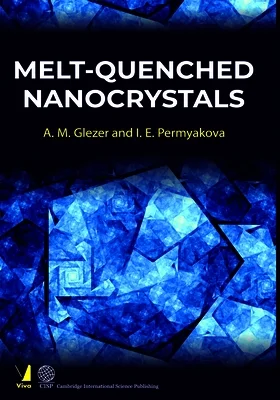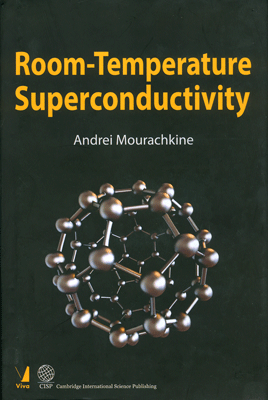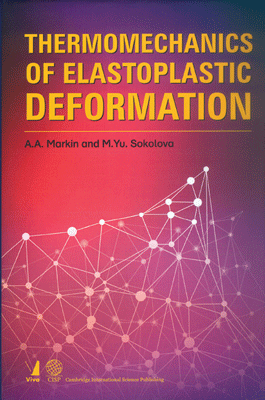The Microstructure of Quenched Rails
The Microstructure of Quenched Rails
₹1,165.50 ₹1,295.00 Save: ₹129.50 (10%)
Go to cartISBN: 9789386243898
Bind: Hardbound
Year: 2017
Pages: 160
Size: 153 x 229 mm
Publisher: Cambridge International Science Publishing
Published in India by: Viva Books
Exclusive Distributors: Viva Books
Sales Territory: India, Nepal, Pakistan, Bangladesh, Sri Lanka
Description:
The formation of the structure and properties of rails in heat treatment involves a complicated series of scientific and technical issues. This edition adds to the limited existing work available - in print or online - covering the influence of bulk and differential quenching on rails. The problem of structure formation in rails due to heating has been a topic of discussion in the respective areas. The text covers, in great detail, the process of formation of the fine structure of rails and what can be done to improve upon it. Considering the requirement in the enhancement of performance in rails, a discourse on the subject is relevant and topical.
In this book:
• Formation of the structure and properties of rails
• Structure, phase composition and defective substructure of bulk quenched rails
• The structure, phase composition and defective structure of R65 rails of category DT350, formed as a result of differentiated quenching
• Comparative analysis of the structures formed in rails as a result of bulk and differentiated quenching
Target Audience:
Students and academicians of Materials Sciences, Metallurgical Engineering and Mechanical Engineering.
Contents:
Chapter 1: Formation of the structure and properties of rails • Introduction • Melting rail steel and modern rolling technologies • Types of heat treatment of rails • Rail steel with a bainitic structure • The formation of gradient structure-phase states during heat treatment of rails • The influence of various factors on the structure and properties of the rails • Microalloying • Changes in the structure and properties of the rails during service • Modeling of processes in thermomechanical treatment, service and in the wheel rail system • Increasing the durability of rail steel by current pulses and electron-beam processing
Chapter 2: Structure, phase composition and defective substructure of bulk quenched rails • Rails with increased durability (category IK) • Rails with low--temperature reliability (category NE) • The rails of the highest quality (category C) • Comparative analysis of the phase composition and structure of bulk quenched rails of different categories • Conclusion
Chapter 3: The structure, phase composition and defective structure of R65 rails of category DT350, formed as a result of differentiated quenching • Introduction • The structural phase states or the rails processed by differentiated quenching in the conditions No. 3 • Rails produced by differentiated quenching in the conditions No. 1: structure, phase composition and dislocation substructure • Comparative analysis of the phase composition and structure of the rail steel subjected to differentiated quenching
Chapter 4: Comparative analysis of the structures formed in rails as a result of bulk and differentiated quenching • Conclusion
Instead of an epilogue
References
About the Authors:
V.E. Gromov, A.B. Yurev, K.V. Morozov and Yu.F. Ivanov work in the Siberian State Industrial University, Russia.







